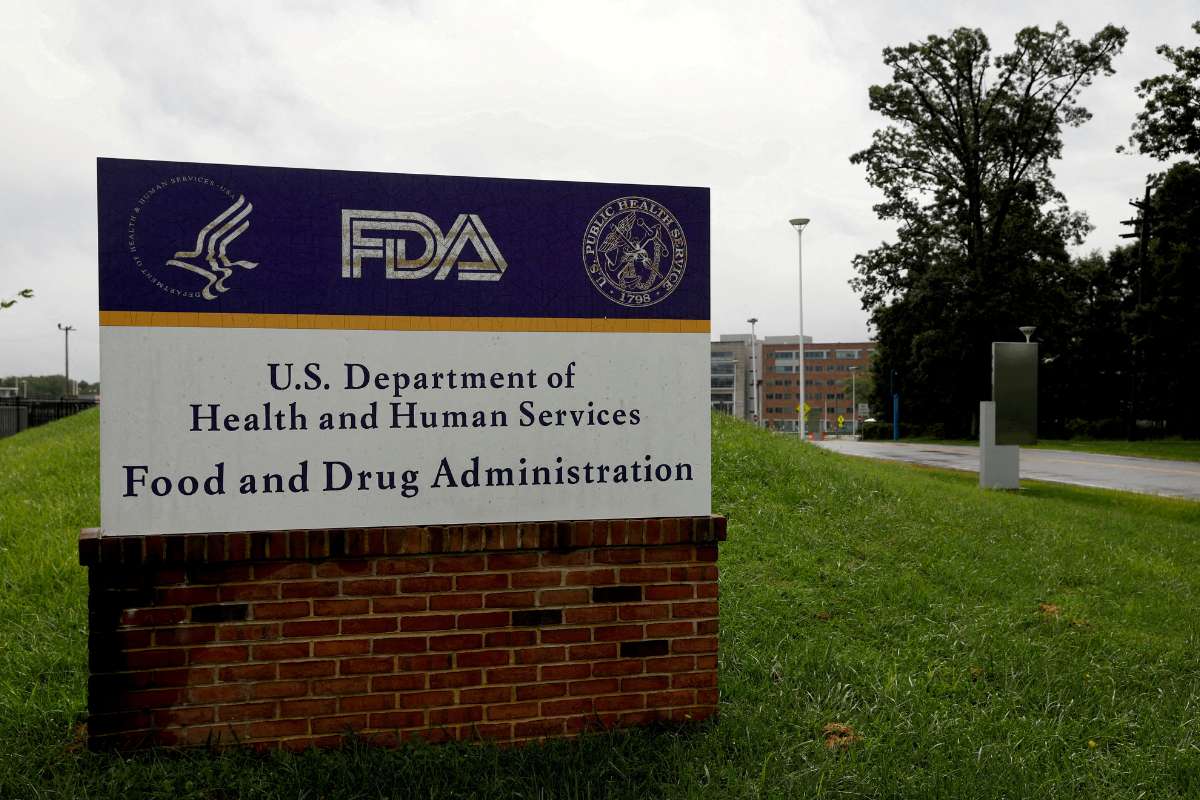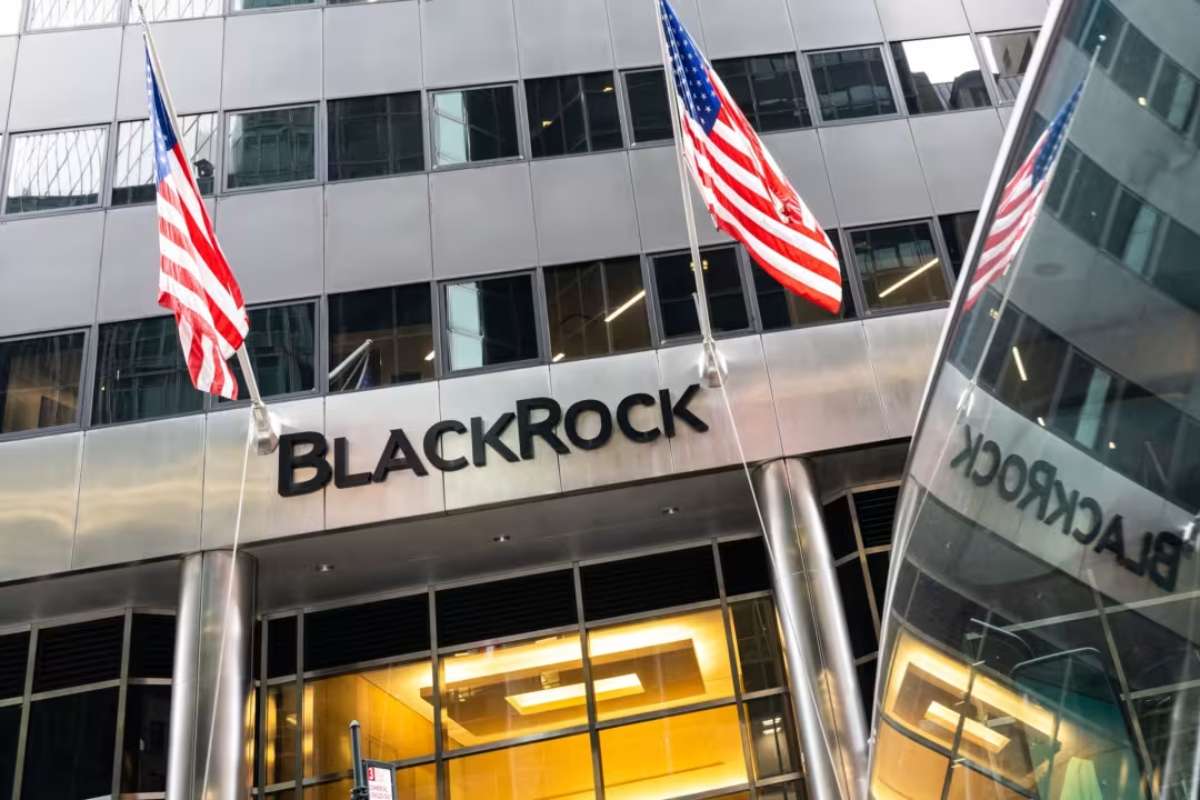In a landmark move to increase regulatory transparency, the U.S. Food and Drug Administration (FDA) has published more than 200 Complete Response Letters (CRLs) for drug applications that were initially rejected between 2020 and 2024. Announced on July 10, 2025, the initiative is part of what health officials are calling a “radical transparency” campaign.
CRLs are formal letters issued by the FDA explaining why a drug or biologic product application cannot be approved in its current form. These documents, typically sent to drug sponsors, were previously considered confidential and rarely made public. Now, redacted versions of these letters are available via the agency’s openFDA portal, offering a clearer look into the FDA’s regulatory reasoning and safety concerns.
Health Secretary Robert F. Kennedy Jr., who has spearheaded this effort, criticized past agency practices as “overly aligned with industry interests.” FDA Commissioner Dr. Marty Makary emphasized the value of transparency, noting that the letters will help investors, patients, and drug developers better understand the agency’s decision-making process without relying on “speculation or sanitized press FDA releases.”
Scope, Redactions, and Limitations
Although the publication marks a significant shift, the FDA release comes with notable limitations. The current batch includes only CRLs related to drugs that were eventually approved, excluding those that never made it to market. Most of the letters span 2020 to 2024, though at least one dates back to 2008, raising questions about selection criteria.
The documents have been redacted to omit trade secrets and confidential business information. In several cases, redactions are extensive, with entire paragraphs removed. According to Fierce Biotech, the FDA has not yet committed to publishing CRLs for unapproved drugs, information that many transparency advocates argue is crucial for understanding failures in the drug development pipeline.
Even so, the FDA release consolidates previously scattered data into a single, searchable hub. Before this, some CRLs were only discoverable within lengthy drug approval packages.
A Step Toward Accountability and Industry Learning
This move aims to close the gap between what the FDA reports internally and what companies share publicly. A 2015 internal FDA study found that nearly 85% of sponsors failed to disclose major safety or efficacy issues cited in their CRLs. The lack of transparency has historically limited both public trust and cross-industry learning.
Experts believe that greater visibility into these letters could discourage selective disclosures by companies and improve investor confidence. Piper Sandler analyst Biren Amin noted that public CRLs could apply pressure on sponsors to be more forthcoming with shareholders and stakeholders.
While the current FDA release is only a starting point, advocates hope they will eventually expand access to include rejections for drugs that remain unapproved, offering even greater insights into regulatory standards, development pitfalls, and patient safety.
Visit Visionary CIOs for the most recent information.











